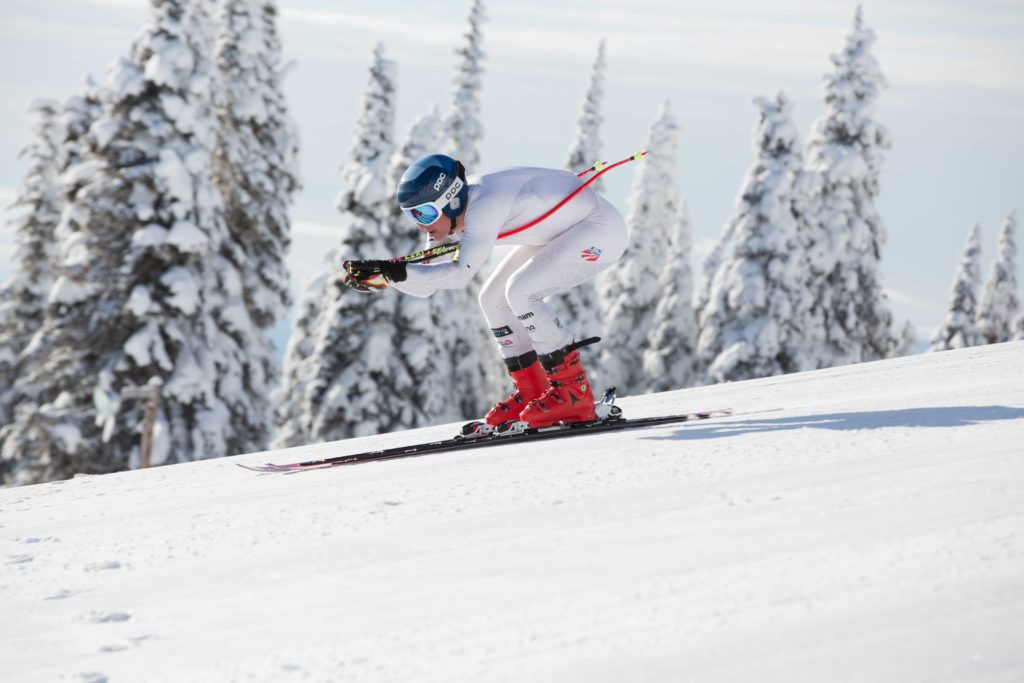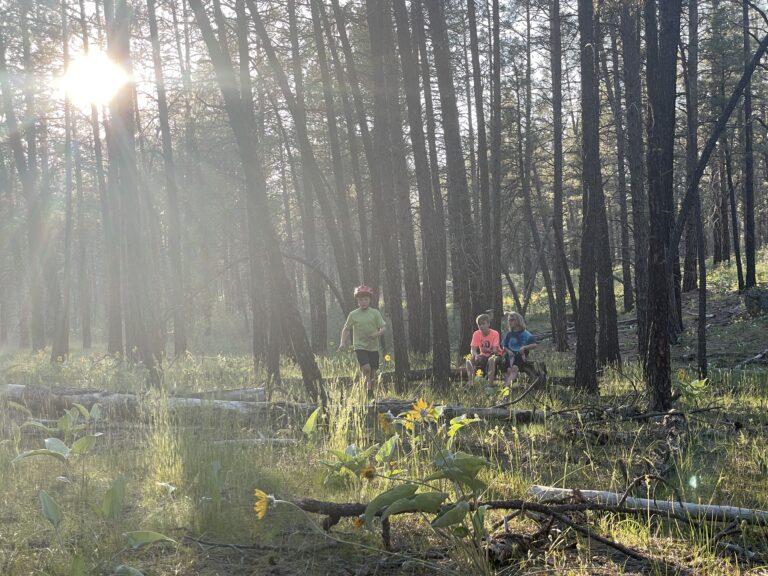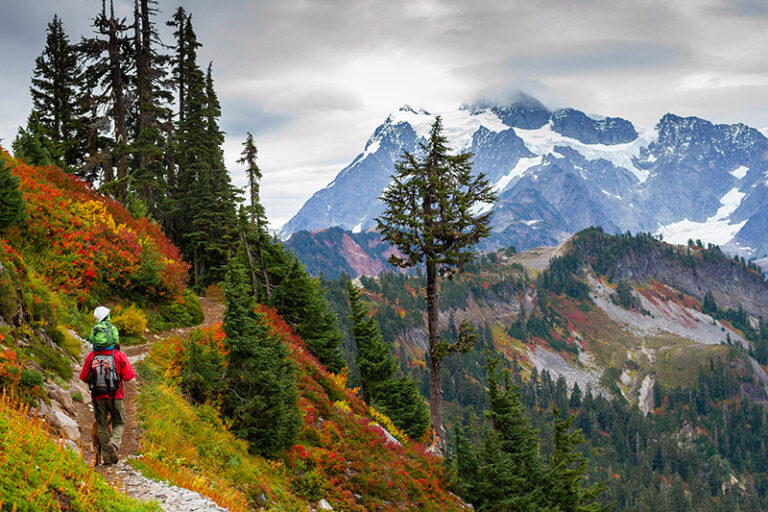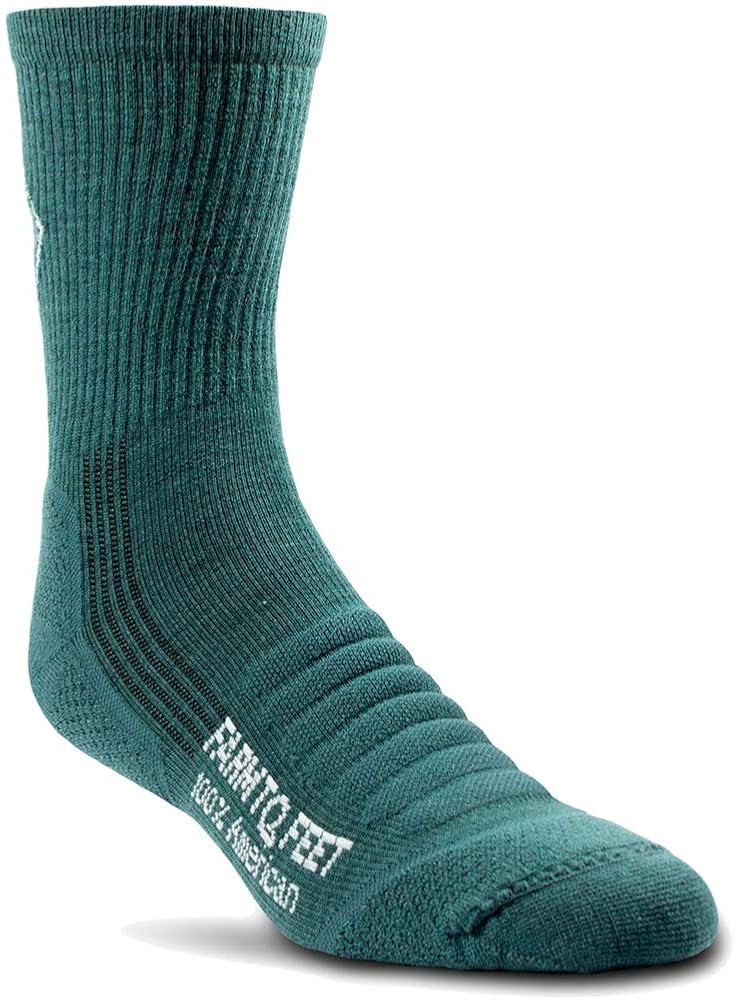By William Dexter
Some people enjoy a day on the mountain by skiing miles and miles of corduroy. Others love deep, endless powder days, and many just like being in the mountains with family and friends. For myself, skiing is crushing levels of g-forces, suits tighter than a second skin, ice, and obscenely skinny skis. I compete for the Mt. Spokane Ski Race Team as an alpine racer, and my path down the mountain, if all goes well, is one of rhythm and flow, arc-to-arc turns, and clean, powerful skiing from top to bottom.
The Olympic sport of alpine racing showcases the athlete’s diverse skill set across four distinct events: slalom, giant slalom, super giant slalom, and downhill. There is (unfortunately, for my finances) a unique pair of skis required for each of these events that differ in length, stiffness, and size of turn radius.
Slalom gives us the shortest, slowest, yet most rapid-paced event. You will see racers launch out of the start to arc around the hinged poles, called gates, often knocking them down in order to ski the tightest line. The short skis used for slalom (165 cm) are wide in the tip and extremely narrow underfoot, giving the skier the ability to arc a short-radius turn. Slalom is a technical event, making it a two-run race, in which each racer’s combined times are added up to determine a winner.

In the next fastest event, giant slalom (GS for short), the skis get longer (193 cm), the speeds nearly double, and the skiing changes from quick, sudden turns to longer, fluid, powerful turns. GS is also a technical event, following the same two-run format as slalom. GS is the fundamental basis of ski racing, as the skills from it are prevalent in all events.
The true speed events, including the super giant slalom (super G) and downhill, are often popular with viewers due to the highway speeds and massive, soaring jumps that racers conquer as they throw their bodies down the hill. The primary differences between the speed events and GS are the higher speeds, bigger turns, and dramatic terrain. To be stable in these conditions, super G and downhill skis are incredibly long and straight, 212 and 218 cm, respectively.
The athletes aren’t the only ones who experience the thrill of ski racing. So do the spectators who witness each racer charge down the hill with differing styles and ways of approaching the sport. Crashes, beautiful skiing, and epic recoveries are commonplace in racing, as well as the thrill of raw speed. Races are fun, competitive environments that showcase some of the best skiing in the area. //
William “Woody” Dexter is a full-time ski racer who also works at the Spokane Alpine Haus. When not skiing, he can be found hanging with friends or playing his ukulele.













